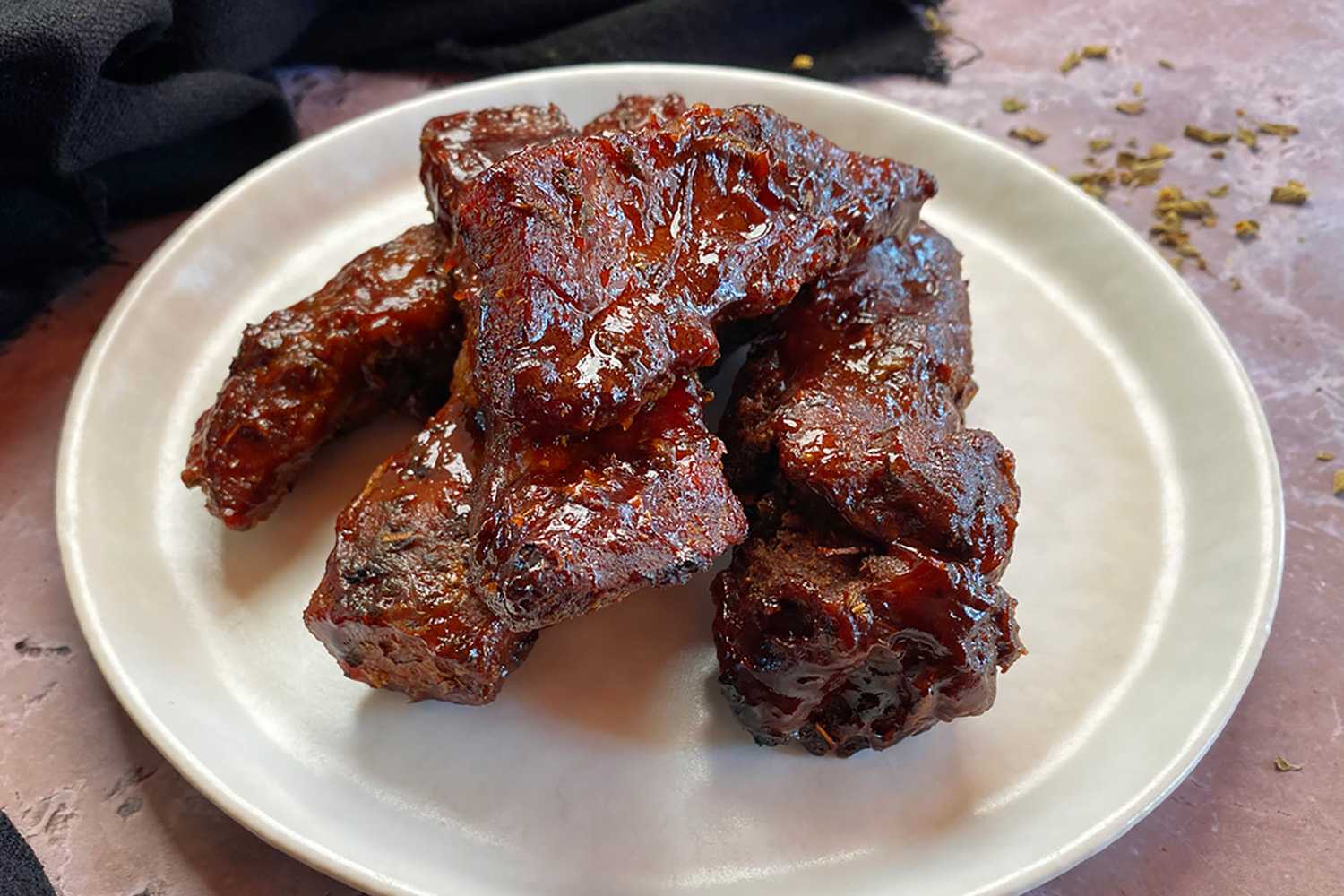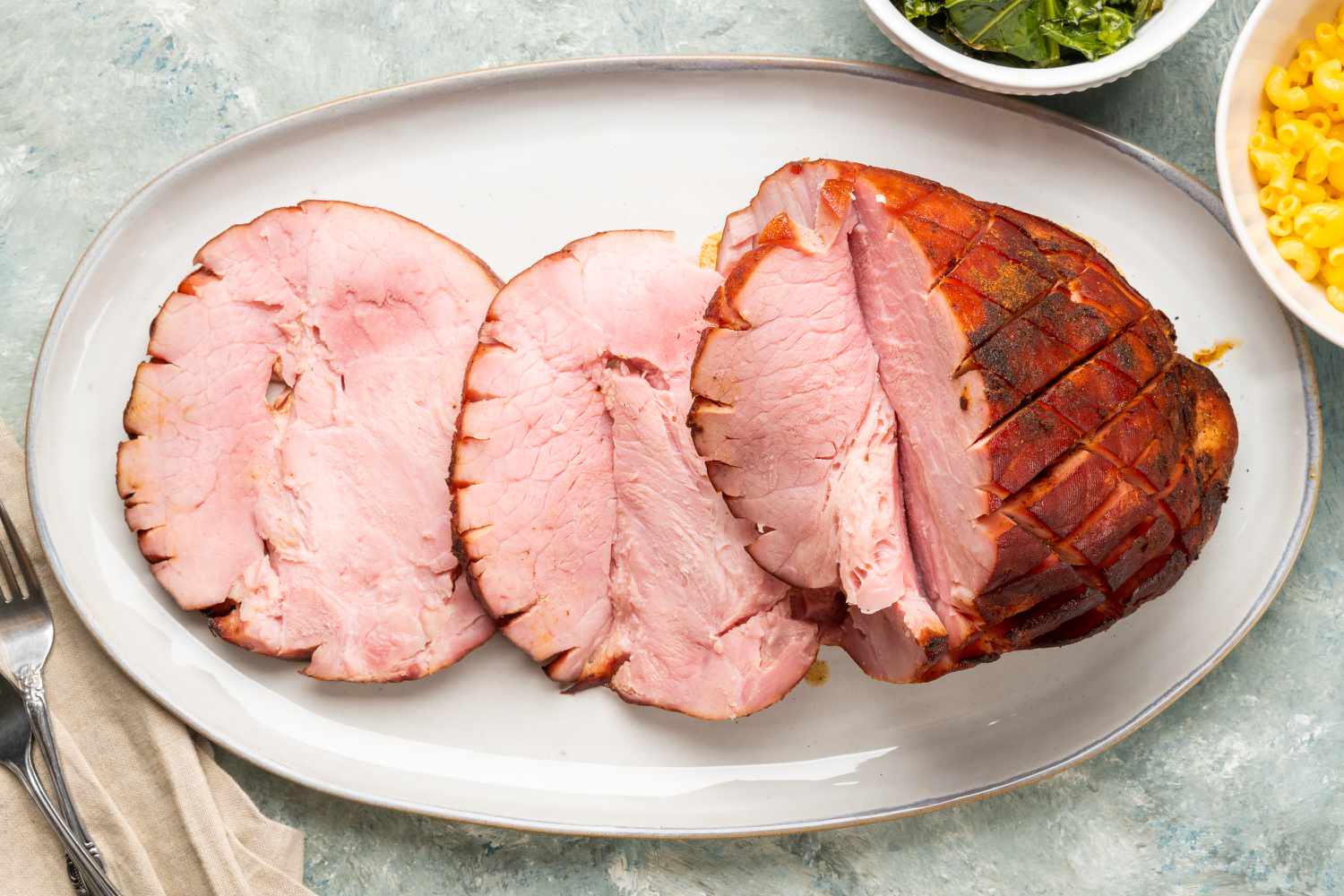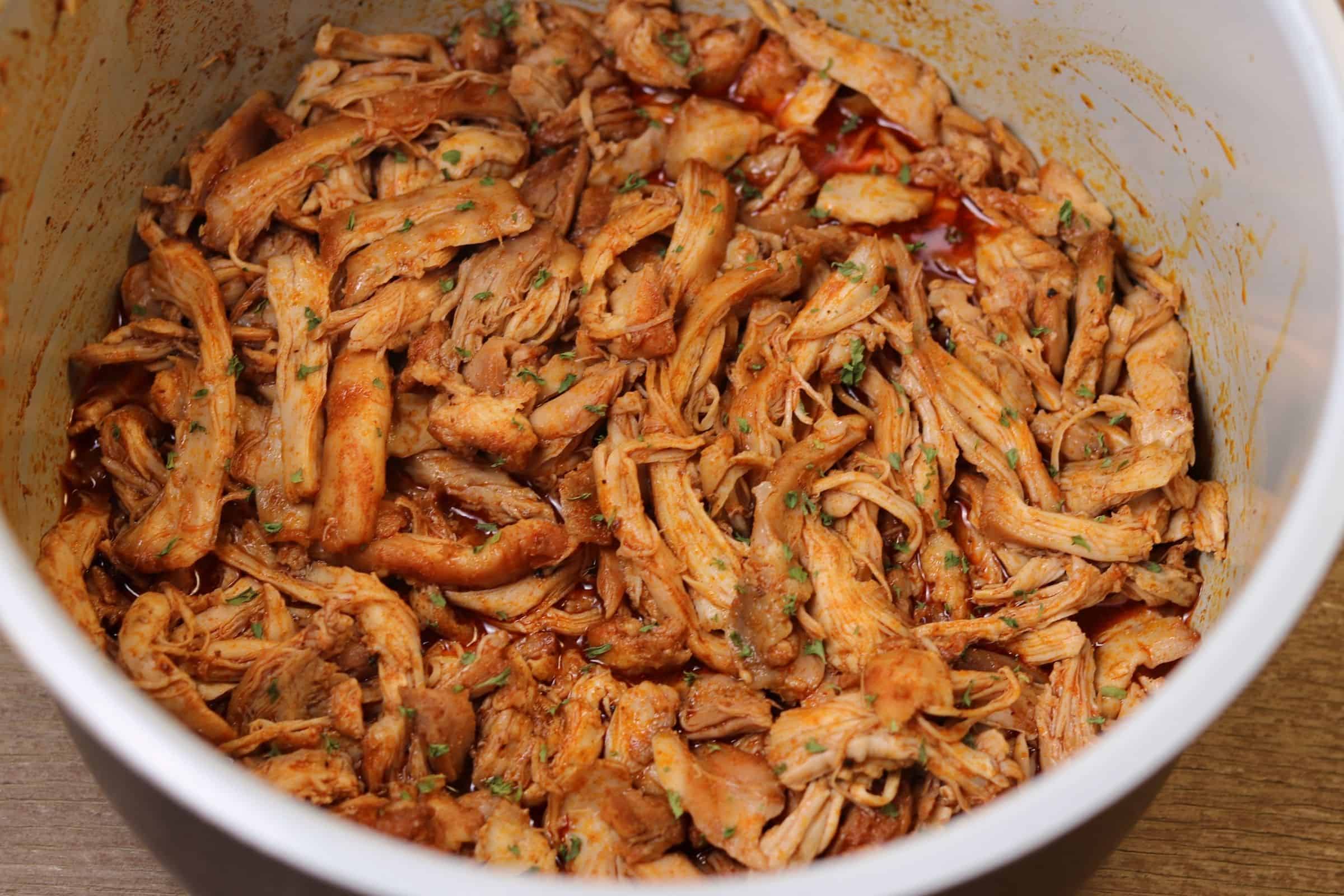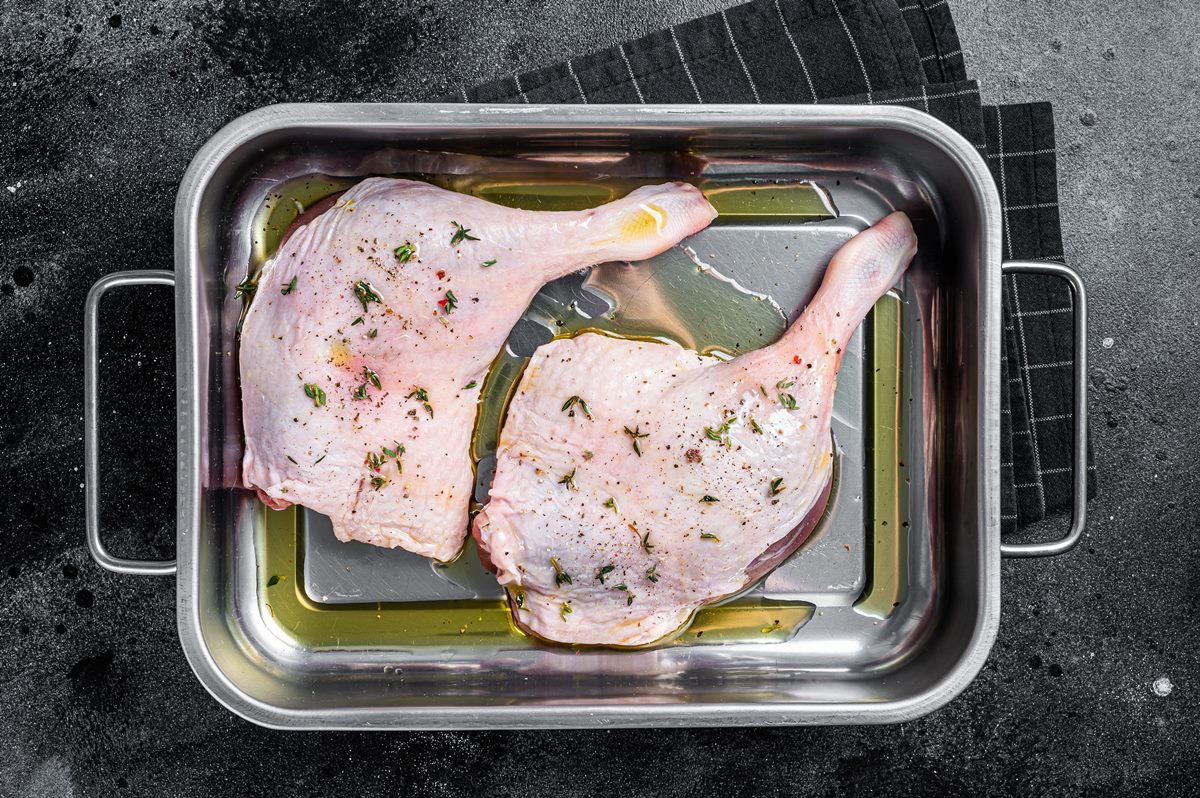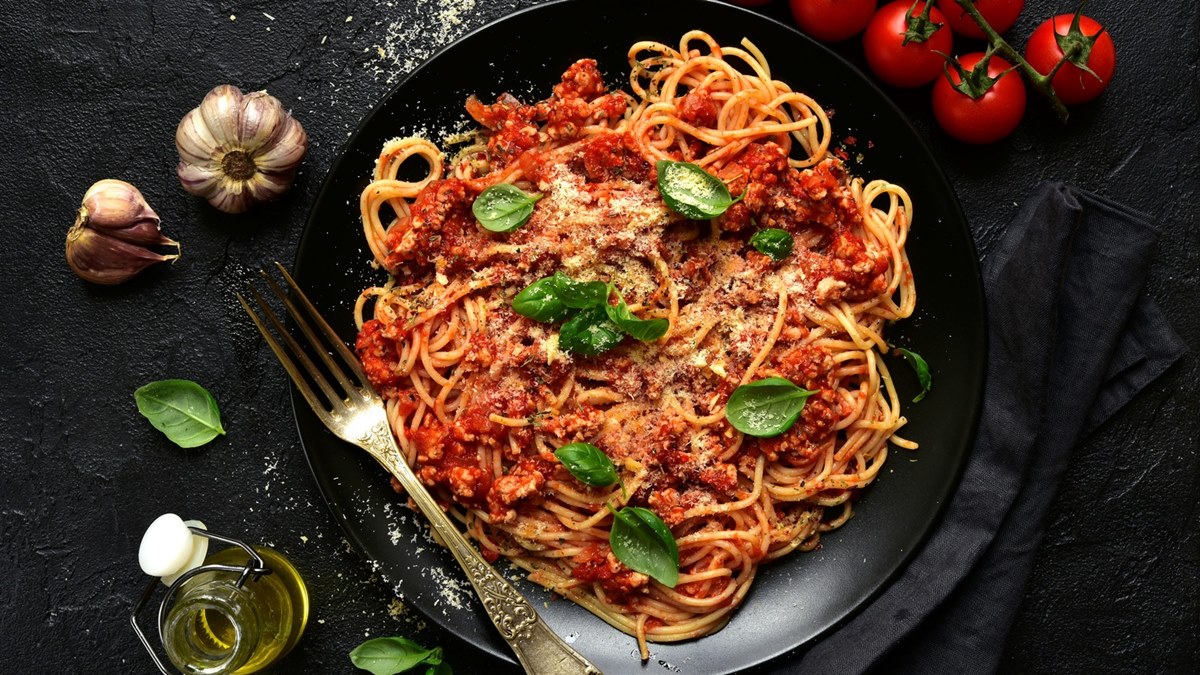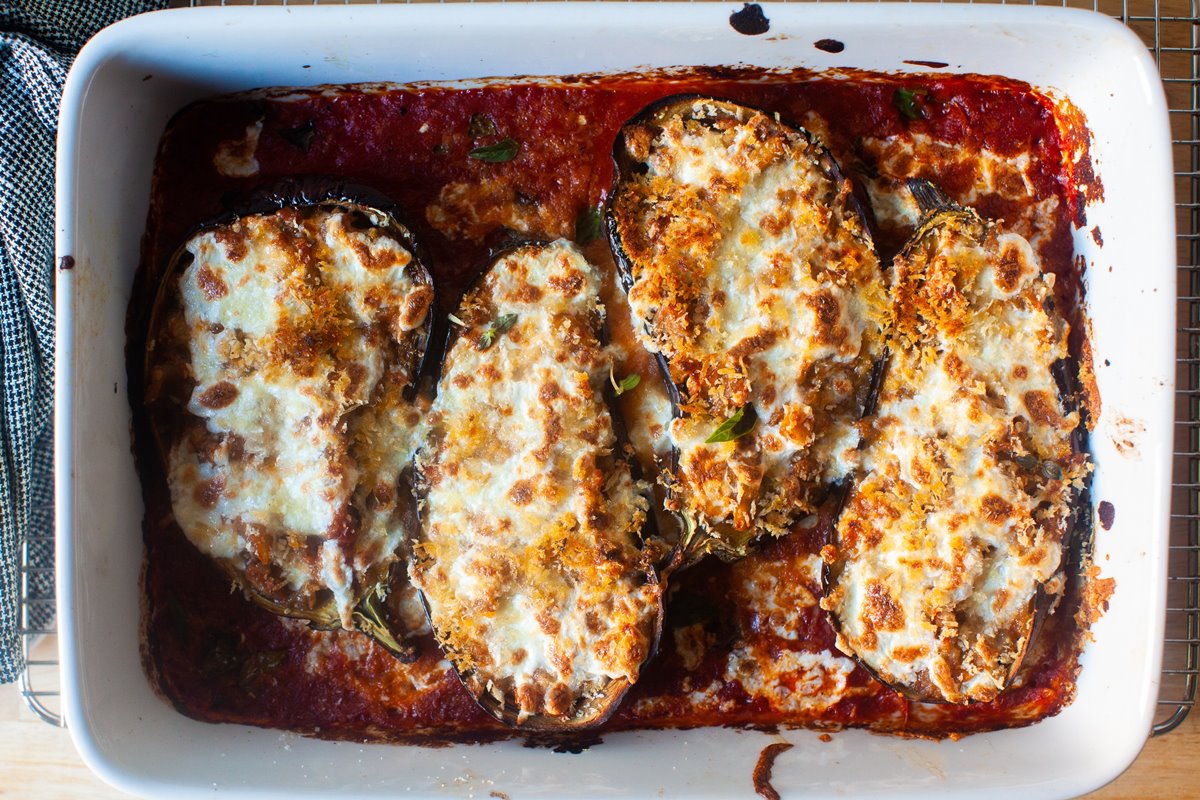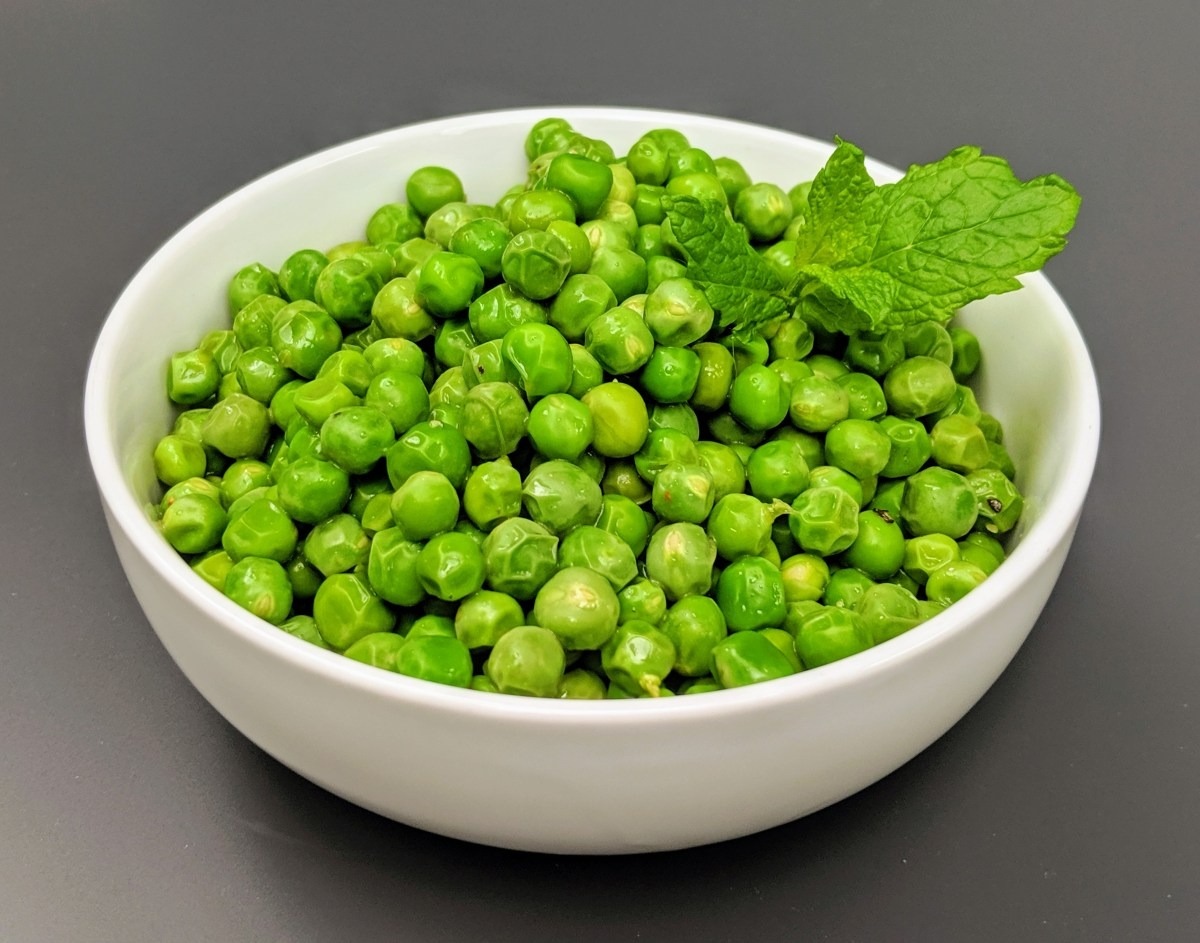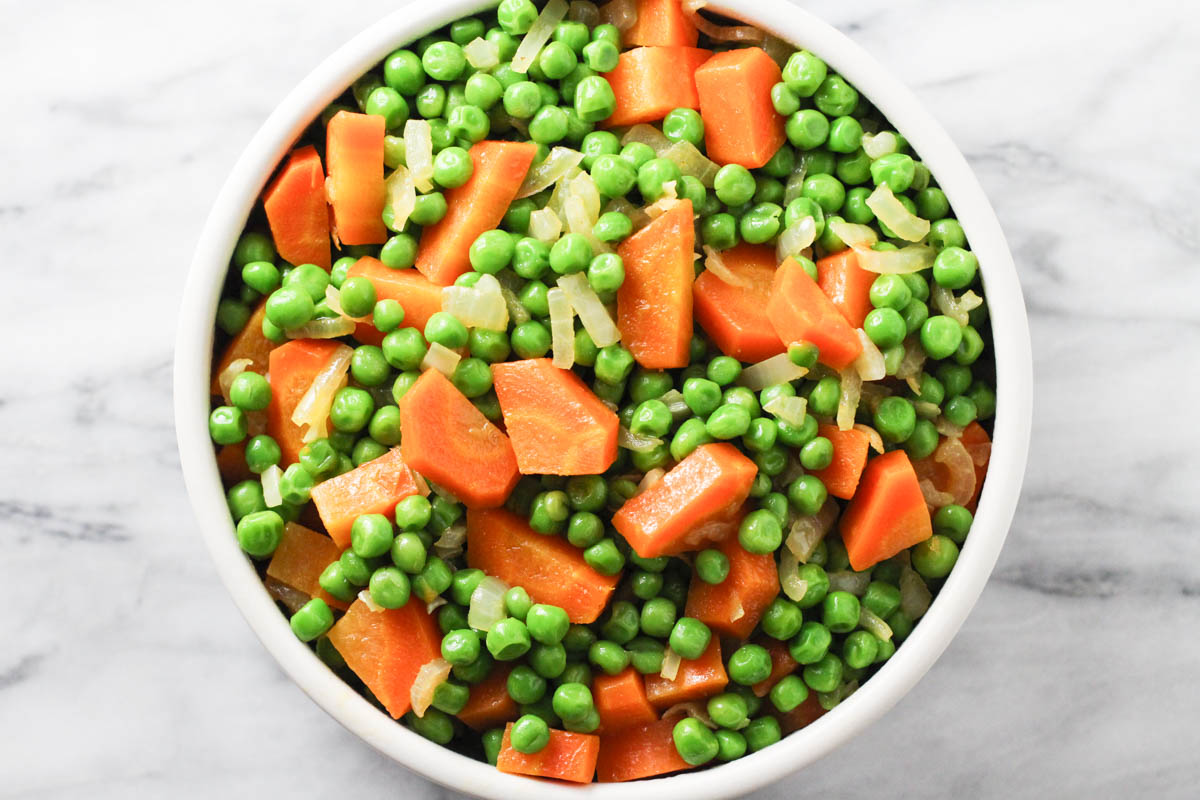Discover the Exquisite Delicacy: How To Cook Frozen Frog Legs
Are you feeling adventurous in the kitchen and looking to impress your dinner guests with a unique and delicious dish? Look no further than frozen frog legs! While they may seem unconventional to some, frog legs are a delicacy enjoyed in many parts of the world, known for their tender, delicate taste. In this blog post, we’ll guide you through the process of cooking frozen frog legs to perfection, ensuring a culinary experience that will leave everyone wanting more.
Why Choose Frozen Frog Legs?
Frozen frog legs offer a convenient option for cooking this extraordinary delicacy. They are readily available in many grocery stores and are easy to store until you’re ready to turn them into a mouthwatering meal. Plus, freezing frog legs helps to preserve their flavor and texture, allowing you to enjoy them whenever your taste buds crave something out of the ordinary.
Preparing Frozen Frog Legs: Step by Step
- Thaw the frog legs: Start by thawing the frozen frog legs in the refrigerator overnight. This gradual thawing process ensures that the meat remains tender and doesn’t lose any of its natural juices.
- Marinate for extra flavor: Once thawed, it’s time to infuse the frog legs with your desired flavors. Create a marinade by mixing together ingredients like garlic, lemon juice, olive oil, and your favorite herbs and spices. Place the frog legs in the marinade and let them soak for at least 30 minutes, allowing the flavors to penetrate the meat.
- Prepare the cooking vessel: While the frog legs are marinating, prepare your cooking vessel. A sizzling hot pan or skillet is ideal for achieving a crispy exterior while keeping the meat succulent. Heat a small amount of oil in the pan over medium-high heat, ensuring that the entire cooking surface is evenly coated.
- Cooking time: Once the pan is hot, carefully place the frog legs in the skillet, making sure not to overcrowd the pan. Cook them for approximately 3-4 minutes per side, or until they turn golden brown. Be mindful not to overcook the delicate meat, as it can become tough and lose its unique taste.
- Serve and enjoy: Once nicely browned, transfer the cooked frog legs to a serving platter. Garnish with fresh herbs like parsley or chives and serve them with a squeeze of lemon for added zing. These delightful morsels can be enjoyed on their own as an appetizer or served with a side of rice or vegetables for a complete meal.
Exploring Flavorful Variations
If you fancy experimenting with different flavors, there are countless ways to elevate your frozen frog legs to new heights:
- Asian-inspired: Create a tangy soy-ginger marinade and serve the frog legs with a side of steamed bok choy and fluffy jasmine rice.
- Cajun-spiced: Toss the frog legs in a mix of Cajun seasoning and serve them with creamy garlic mashed potatoes and sautéed greens.
- Mediterranean flair: Marinate the frog legs with olive oil, lemon zest, oregano, and garlic. Pair them with a refreshing Greek salad and roasted potatoes.
Feel free to get creative with your flavor combinations and experiment with different cooking techniques. The world is your oyster (or frog leg) when it comes to culinary adventures!
Conclusion
Now that you know how to cook frozen frog legs to perfection, it’s time to embark on a culinary journey like no other. With their unique taste and tender meat, frog legs are sure to impress your taste buds and your dinner guests. So, next time you’re feeling adventurous in the kitchen, don’t hesitate to give frozen frog legs a try. Bon appétit!
Was this page helpful?
Read Next: How To Cook A Frozen Brisket
